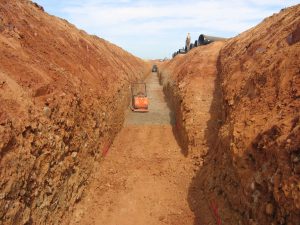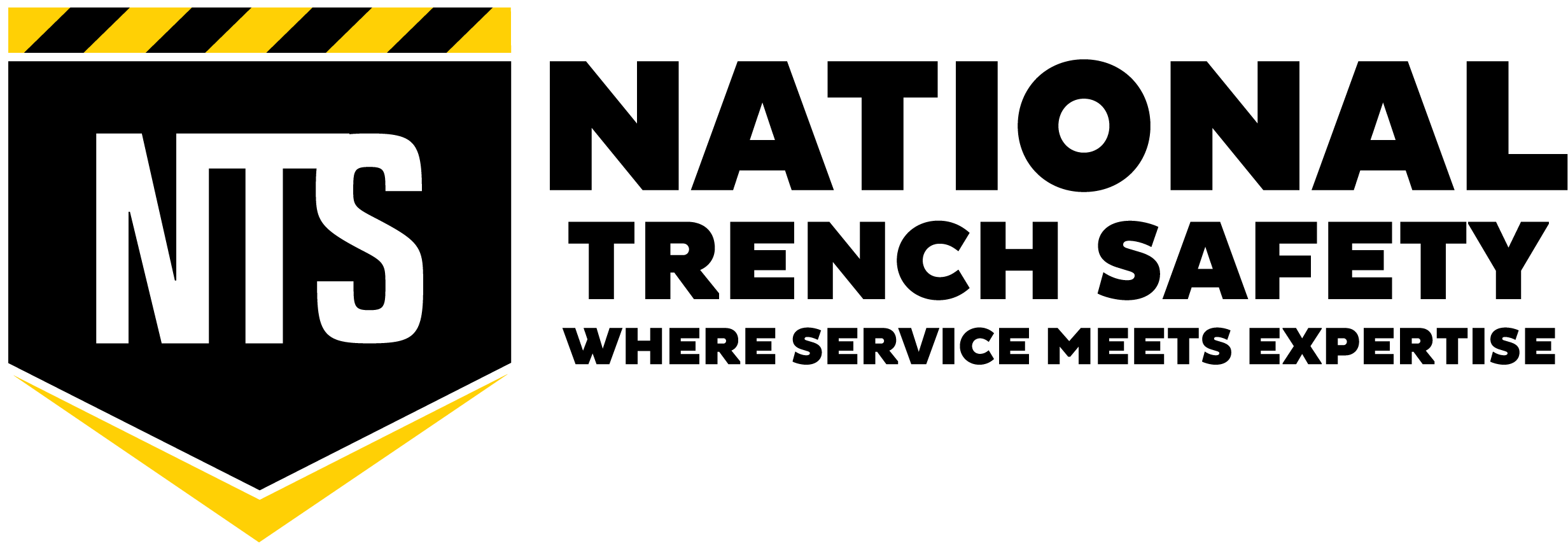A site-specific plan begins by using the actual soil condition from the job site, whether from a soil report from the project or in the absence of a formal soil report, visual observations, and assumptions that are verified at the time of excavation and shoring installation. With a site-specific plan, the interpretation of the soil’s impact on the design and system selection involves the engineer and the engineer becomes responsible for professional assessment and design of the shoring system based on the information provided. Note that a contractor’s Competent Person retains the responsibility to verify soil throughout the excavation process to ensure it complies with the site-specific plan and the ultimate responsibility to ensure that the excavation is safe for workers throughout the project.
responsible for professional assessment and design of the shoring system based on the information provided. Note that a contractor’s Competent Person retains the responsibility to verify soil throughout the excavation process to ensure it complies with the site-specific plan and the ultimate responsibility to ensure that the excavation is safe for workers throughout the project.
Site-specific engineering can also be adapted as site conditions and or contractor preferences change. At any stage of the process from design to field installation, if the equipment and or the way it is being used changes, the engineer presiding over the development of the site-specific engineered plan can be contacted to verify the impact of the changes. The engineer can determine whether those changes have a material impact on the engineered plan or if the changes require a modification to the existing plan. With tabulated data, the requirements of the data must always be confirmed with no opportunity to adapt the design to allow for improved functionality on the part of the contractor.
As such, a site-specific plan can be a very effective cost-control mechanism in the right application. A site-specific shoring plan results in a document that shows exactly the way the contractor intends to do the shoring work. The contractor’s estimating or project management team can then begin to develop cost estimates to complete the underground-related scope of work for the project. If during the process of work performance, conditions or requirements change that impact the documented plan and associated costing, the contractor then has a formal document to refer to for necessary change order negotiation.
The introduction of an experienced trench safety engineer also leverages an additional resource when determining the proper way to shore an excavation. Site-specific engineering has applications on both highly complicated and extensive shoring applications as well as large-scale repetitive applications. On complicated, intricate projects the contractor receives a thorough analysis of the site as well as the engineer’s perspective on shoring the excavation. The shoring design engineer has a wide range of exposure to multiple shoring systems in similar applications that can span many geographical areas and soil types that may present a better shoring option than standard tabulated data allows.
On large projects with large amounts of repetitive shoring, such as hydraulic vertical shoring, If a project’s soil type is better than the tabulated data, site-specific engineering can increase the spacing of the vertical shores which can yield significant cost efficiencies by reducing the time needed to install and remove vertical shores by the more restrictive spacing, as well as providing qualitative benefits such as increased clear spans. On open-cut pipeline projects, many different sloping options may become available that can save huge amounts of cut, backfill, and paving.
National Trench Safety has several engineers on staff that can assist you with determining whether a site-specific plan will provide a more cost-effective shoring system for your project.





